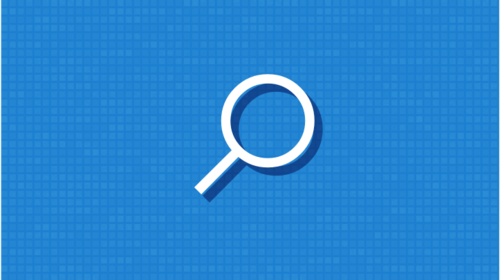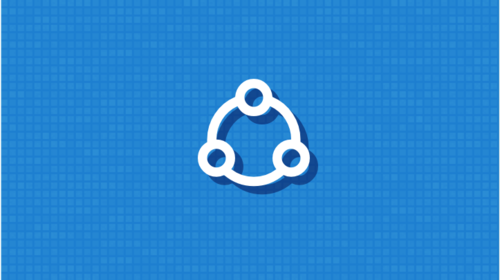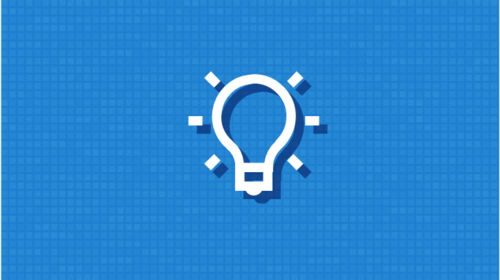Open Data
Open data is data that is freely available for anyone to access, use, and distribute. It is made available with the intention of promoting the sharing of information and encouraging the development of new products and services. Open data is typically made available by governments, organizations, and other groups as a way to promote transparency, accountability, and collaboration.
It can be used for a wide range of purposes, including research, journalism, business analysis, and the development of new software applications. Open data can be distinguished from other forms of data, such as proprietary data or closed data, which are not freely available for use. Open data is often associated with the open data movement, which advocates for the release of data by governments and other organizations for the public good.
Common use cases:
There are many potential uses for open data, depending on the nature of the data and the interests of the users. Some common uses of open data include:
- Research: Open data can be used by researchers in a variety of fields to analyze and understand trends, patterns, and relationships in the data.
- Journalism: Open data can be used by journalists to uncover and report on stories, as well as to verify the accuracy of information.
- Business analysis: Open data can be used by businesses to analyze market trends and identify opportunities for growth.
- Government transparency: Open data can be used by citizens and civil society organizations to hold governments accountable for their actions and policies.
- Software development: Open data can be used by developers to create new software applications, including mobile apps and web-based tools.
- Education: Open data can be used by educators to teach students about data analysis, visualization, and other skills.
Overall, open data can be used in a wide range of contexts to promote transparency, accountability, and innovation.
Best Practices for Open Data
Analyzing or Visualizing Open Data, Conducting Research with Open Data, Building Projects with Open Data
Source: U.S. Open Data Toolkit

Data Collection
**Objectives: **Ensure data quality and value when data is collected through satellites, sensors, surveys, or by other means
Suggested Approaches: Focus on quality at the time of data collection; Eliminate manual data entry; Use consumers and volunteers as data sources
**Featured Examples: **E-Filing Incentives

Data Privacy
**Objectives: **Safeguard individual privacy and confidentiality while providing data with enough detail to support in-depth analysis
Suggested Approaches: Restricted access; De-Identification; New technical approaches; Coordinating data governance structures; Building trust with the community
**Featured Examples: **Precision Medicine Initiative

Data Quality
**Objectives: **Facilitate data use by improving accuracy, machine-readability, timeliness of information
Suggested Approaches: Develop user feedback systems; Use challenges and competitions; Use crowdsourcing
Featured Examples: DATA Act Broker; HHS Demand-Driven Open Data

Data Release
Objectives: Share federal data more openly with the public, even when the data is imperfect, with enough contextual information to facilitate its use
**Suggested Approaches: **Release both raw and improved data; Employ user-focused communication strategies; Release individuals’ data back to them
**Featured Examples: **MyData Initiatives

Data Standards
Objectives: Develop and apply data standards early and throughout the data lifecycle, and explore other approaches to improving interoperability
**Suggested Approaches: **Use common data standards and taxonomies; Develop data layers to encourage greater interoperability
**Featured Examples: **NIEM; DAIMS

Interagency Collaboration
Objectives: Use collaborative digital services and teams within the Federal Government to help agencies achieve their goals
**Featured Examples: **18F; U.S. Digital Service; NTIS Joint Venture Program; The Opportunity Project

Open Science
**Objectives: **Make data collected through scientific research freely available to all
Suggested Approaches: Require data sharing as a condition of funding; Use new incentives to promote research data sharing; Develop collaborations and outreach to collect, manage, and publish data
Featured Examples: Study of Environmental Arctic Change; BRAIN Initiative; NIH Commons

Private Sector Collaboration
Objectives:** **Engage businesses and nonprofit organizations to build collaborations that benefit both the private sector and government, by contributing services, data, or other resources
Suggested Approaches: Multi-company collaborations; Private sector data sharing
Featured Examples: NOAA Big Data Project; Partnership for Resilience and Preparedness; NIH Accelerating Medicines Partnership

Public Engagement
**Objectives: **Develop communities of practice around open data that include stakeholders both within and outside of government
**Suggested Approaches: **Use different ways to identify user communities and measure data use; Consider using citizen science; Explore using civic hackathons and challenges
Featured Examples: HHS Opioid Code-a-Thon; USDA Innovation Challenge
Source: U.S. Open Data Toolkit